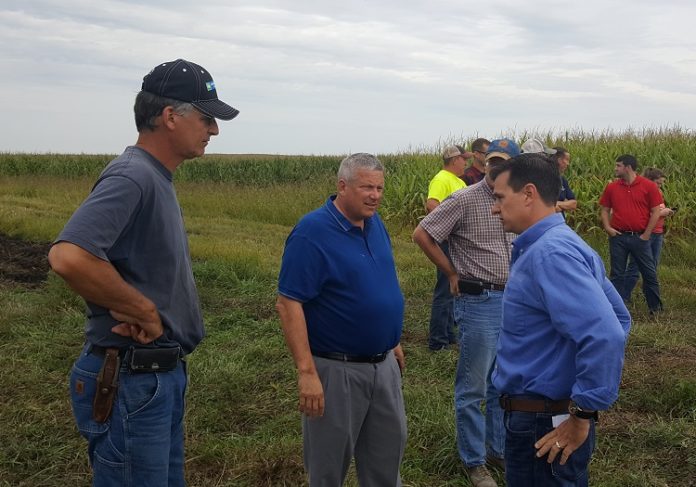
The ongoing failure of Iowa’s governor and legislative leaders to agree on a plan for funding the cleanup of the state’s polluted waterways has lately drawn some sharp criticism from their fellow politicians.
Patty Judge, former Iowa Lieutenant Governor and now seeking Sen. Chuck Grassley’s 40-year seat, told a talk show host Iowa must “start developing serious programs to curb the water runoff off of our farm fields and start to clean up our water,” and U.S. Secretary of Agriculture Tom Vilsak grabbed headlines when he said “there’s going to be hell to pay” if the state does not act and quick.
Progress is slow because funds are few, yet there is progress, and Iowa Department of Agriculture and Land Stewardship (IDALS) Secretary Bill Northey is proud of the projects completed or in the works under his department’s Iowa Water Quality Initiative.
“This issue’s high profile,” Northey said Friday as he toured a saturated buffer under construction along Elm Branch Creek, a drainage ditch southeast of Dawson. “We’ve been seeing lots of projects like this go in, and there’s lots of opportunities for people to work together to make things happen positively.”
Roger Winterhoff owns the 80 acres on the north side of the creek, and Tom Vincent farms them. Vincent both owns and farms the ground on the south side of the creek. The fields are drained by underground tiles, and the water flowing through the tiles will be treated in the saturated buffer to remove nitrate pollution before it enters the drainage ditch.
It is the first saturated buffer to be installed in Dallas County.
“We see momentum building” for water-quality practices like these, Northey said. “This saturated buffer that they’re doing here is fairly new. We see all these picking up speed, starting with a handful and really picking up speed and interest. We almost lose track. I can’t keep track of how many we have, but we see more being built every year.”
Vincent’s saturated buffer will be paid for through a cost-share arrangement between the U.S. Department of Agriculture’s Natural Resources Conservation Service (NRCS), IDALS, the Iowa Soybean Association (ISA) and Vincent.
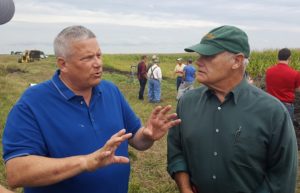
“If we were to be talking five years ago,” Northey said, “I would have said, ‘It couldn’t happen in four years to be at this place.’ So I think we’ve made great progress. We still have many, many more steps to go.”
For his part, Vincent said he is “focused on doing things right” in his farming operations. “If we don’t do something, the Bill Stowes of the world will be setting the rules for all of us,” Vincent said.
Bill Stowe, CEO and general manager of the Des Moines Water Works, is a byword among some farmers for the government regulation of nutrient runoff. The Water Works Trustees filed suit in 2015 against three northwest Iowa counties, claiming they were polluting the Raccoon River with nitrogen fertilizer in violation of the U.S. Environmental Protection Agency’s Clean Water Act. The suit it working its way through U.S. District Court.
“Certainly for us in the Division of Soil Conservation and Water Quality at the Department of Ag, the NRCS is a great partner,” Northey said. “We have lots of programs together, work together, do some monitoring and stuff. We are always asking them for more things that they can do. I’m sure they’ll keep asking us for more things that we can do, and I think it’s opportunities to make progress.”
Todd Sutphin, senior operations manager with the ISA, a partner in the project, also praised the progress farmers are voluntarily making to improve the quality of the water leaving their fields.
“The data shows that a lot more needs to be done to reduce water pollution,” Sutphin said. “I think the Iowa Soybean Association is helping lead the way as it continues to sample the water and work with farmers to put in place agricultural practices that reduce the pollution in Iowa’s waterways.”
Along with saturated buffers, Northey listed other edge-of-field practices that are catching on, such as bioreactors and wetlands, and in-field practices, such as cover crops and nutrient management. He said having a variety of conservation practices to draw on gives farmers flexibility.
“This saturated buffer will work here, and maybe a wetland wouldn’t have worked,” he said. “So we need each of the tools to be able to fit in the landscape and fit with the farming operation in the right kind of place.”
Keegan Kult, environmental scientist with the Iowa Soybean Association, helped design Vincent’s saturated buffer and explained how it works to visitors Friday. He also praised flexibility when it comes to water-quality practices.
“We were actually interested in doing a bioreactor in this field when we first came out here,” Kult said, “but upon further tile investigation, we realized this would be a really great opportunity for a saturated buffer. We’re glad we have the opportunity to choose from a menu of which practices will work in which situations.”

In the saturated buffer, standard field tiles are hooked up to a new half-mile-long distribution tile that runs parallel to the drainage ditch. According to Kult, the underground distribution line “will take the water that was outletting underneath this buffer strip and distribute it out into the soil profile of this site.”
Kult said the distribution line is “actually going to raise that water profile within this buffer system to within a couple of feet of the soil surface so it can interact with that high-organic-matter soil. It’s not really the vegetation that’s pulling the nitrogen out of the system with saturated buffers, it’s actually the organic matter in the soil and the soil microbes that are down there.”
Kult said the saturated buffer will treat 40 percent to 60 percent of the overall load flowing through the tile lines.
“Basically, everything that gets to the buffer will be removed,” he said. “On a given year, we expect to be treating about 70-80 percent of the tile flow, and of that, most of that’s going to be removed before it reaches the stream.”
At $8,000 to $10,000 per unit, saturated buffers are cheaper than bioreactors, which average $13,000 to $14,000, Kult said. A saturated buffer also requires no maintenance, but a bioreactor’s wood chips must be replaced periodically.
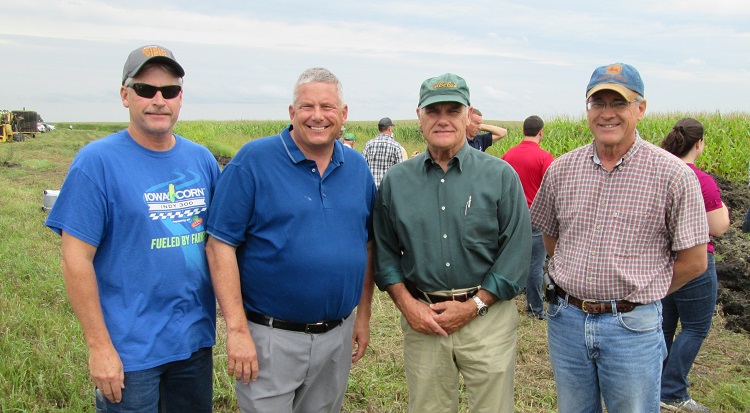
About 30 people joined Northey at the Friday morning tour, including Dallas County Soil and Water Conservation District Commissioners Sam Spellman and Ray Harden and Dallas County Supervisor Brad Golightly. Vincent’s and Winterhoff’s fields are in section 36 of Dallas Township, one-half mile north of the intersection of 180th St. and F Avenue.
The Elm Branch Creek drainage ditch lies within the Raccoon River Watershed, which drains all or parts of 17 Iowa counties and covers 3,600 square miles or 6.4 percent of Iowa’s land area. About 1.7 million acres of the watershed’s 2.3-million acre total are in row crops. The Raccoon River carries the highest amount of nutrients of all the rivers in the Mississippi River Basin and is a major contributor to the hypoxia or “dead zone” in the Gulf of Mexico.
The 2013 Iowa Nutrient Reduction Strategy (NRS) was the state’s response to the 2008 Gulf Hypoxia Action Plan, which called for the 12 states along the Mississippi River to develop strategies to reduce nutrient loading to the Gulf of Mexico. The NRS was produced by IDALS, the Iowa State University College of Agriculture and Life Sciences, the Iowa DNR, the USDA Agricultural Research Service and the NRCE.
The estimated cost of meeting the goals of the NRS — 40 percent less nitrogen and 30 percent less phosphorus entering the Mississippi River statewide — could be as high as $4 billion to put the necessary conservation practices in place and $1 billion annually to maintain them.
Keep up with water-quality news by becoming a $5-per-month donor to ThePerryNews.com. To get started, simply click the Paypal link below.









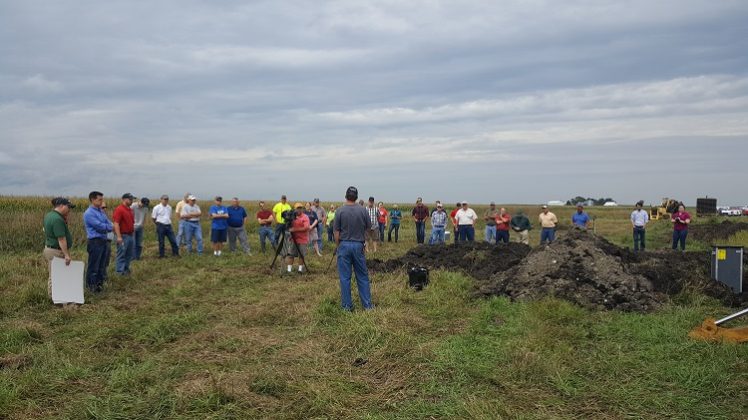
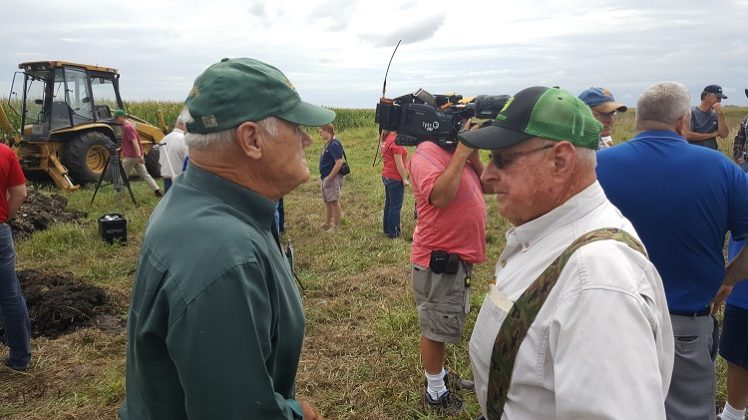

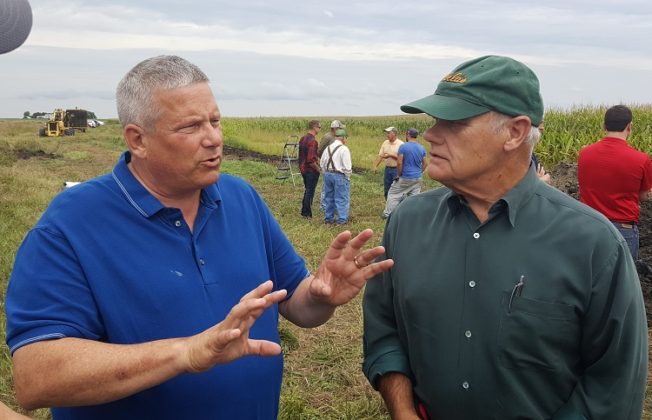
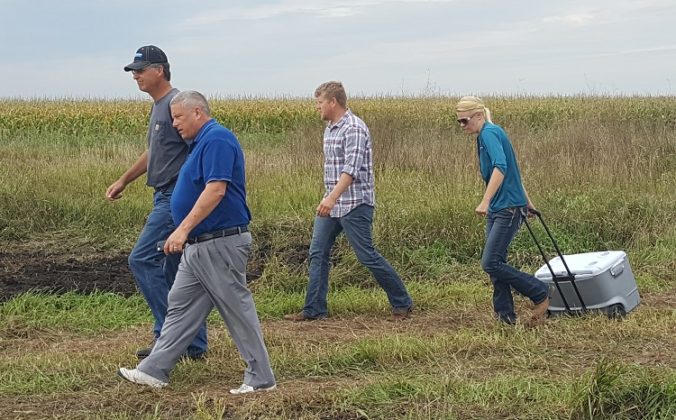
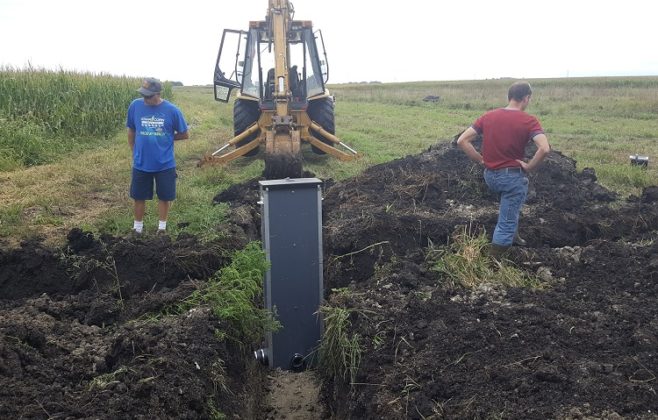

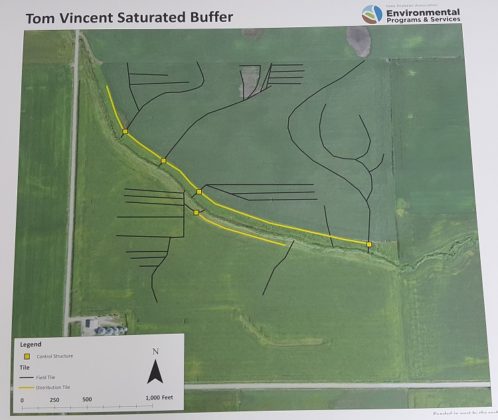
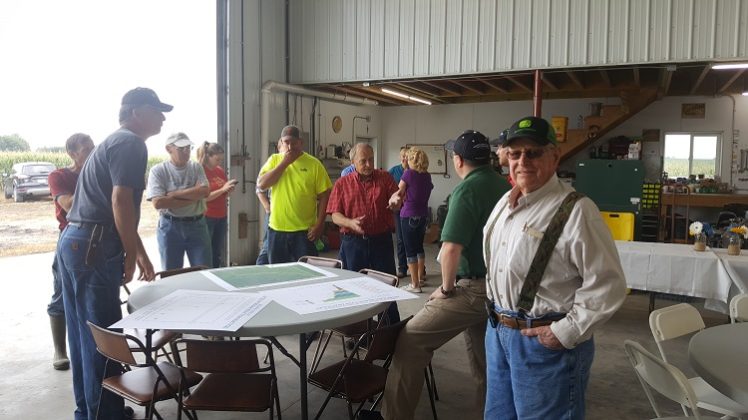
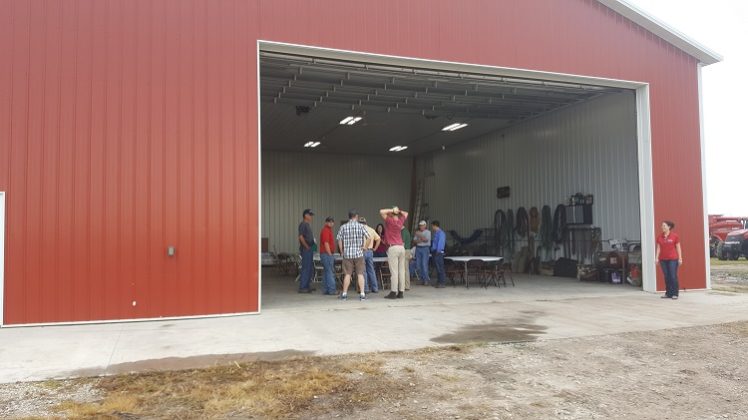
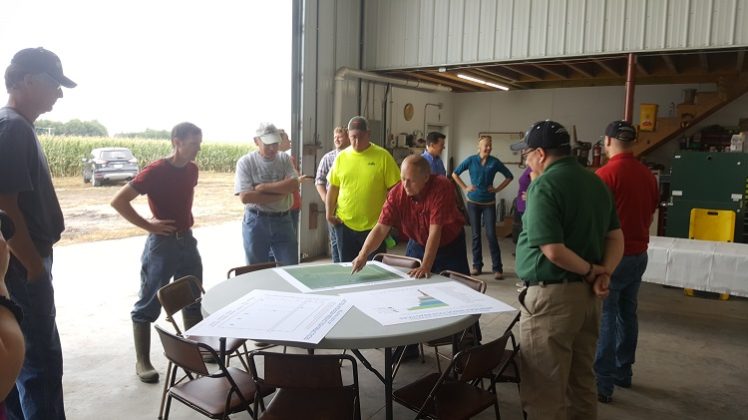
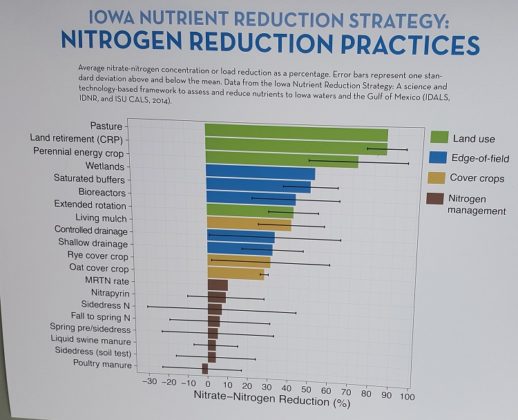
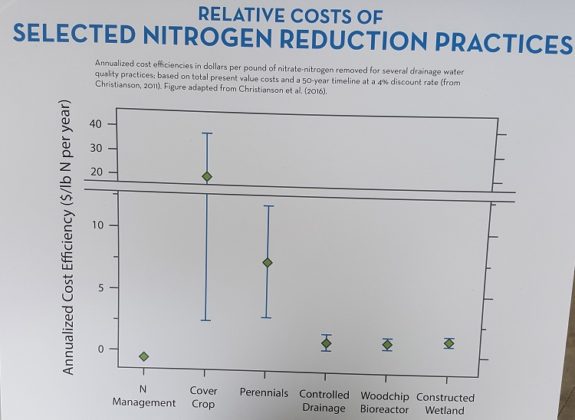
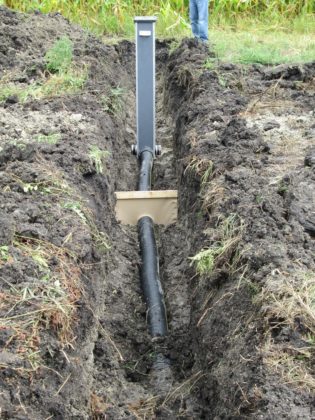
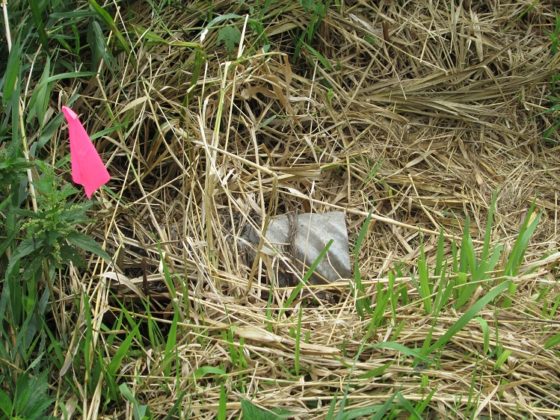
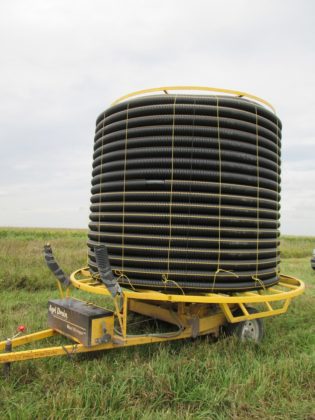
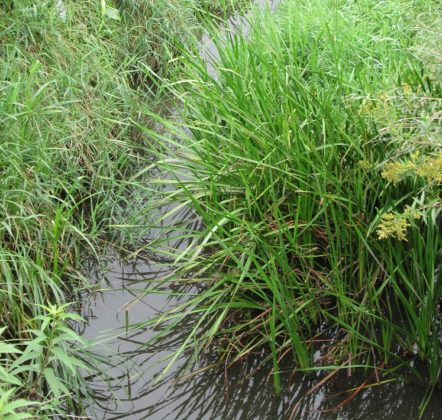








Great story. Too bad no other news outlet in Perry or Des Moines covered this event. Keep up the good work, guys.